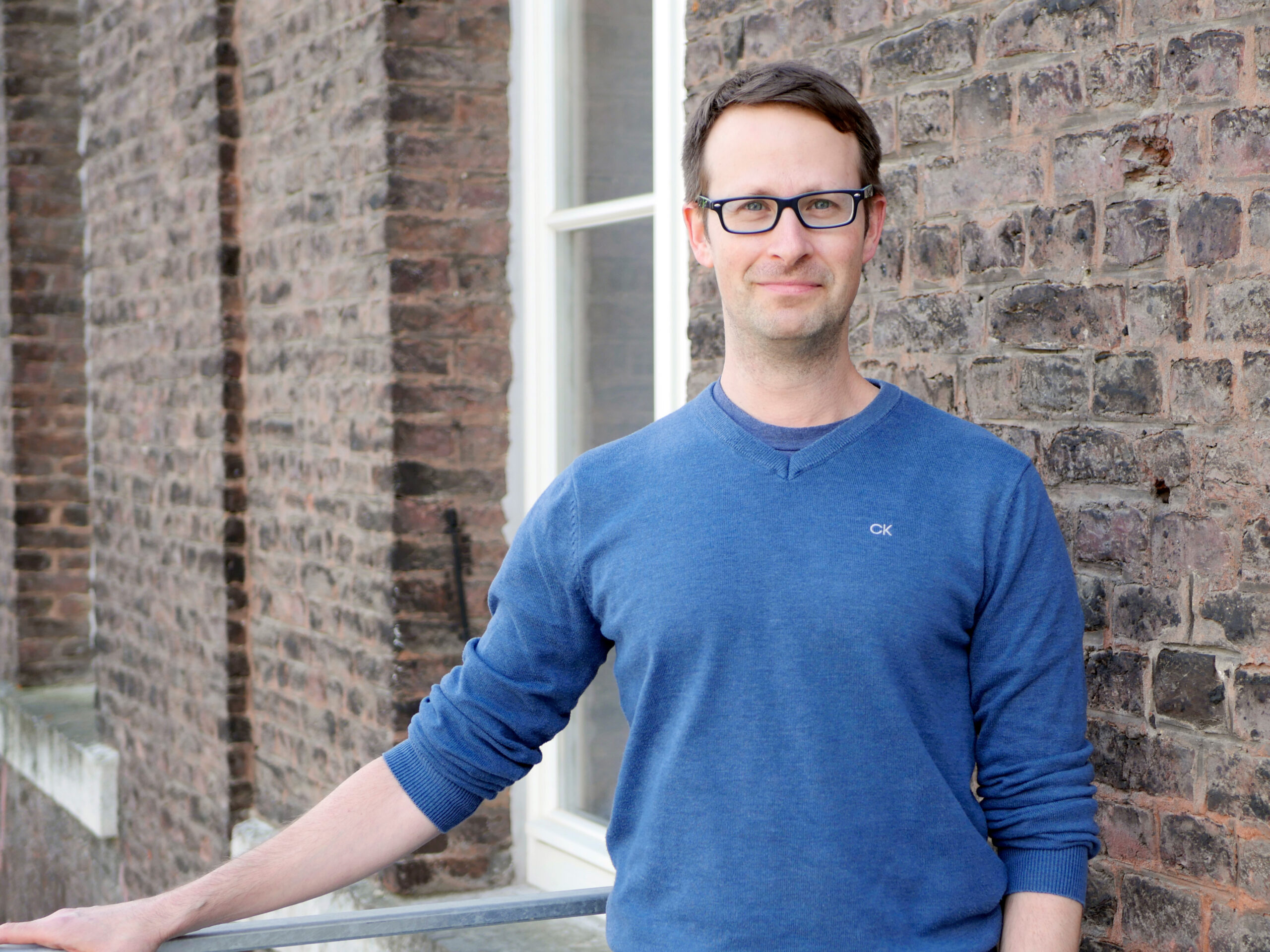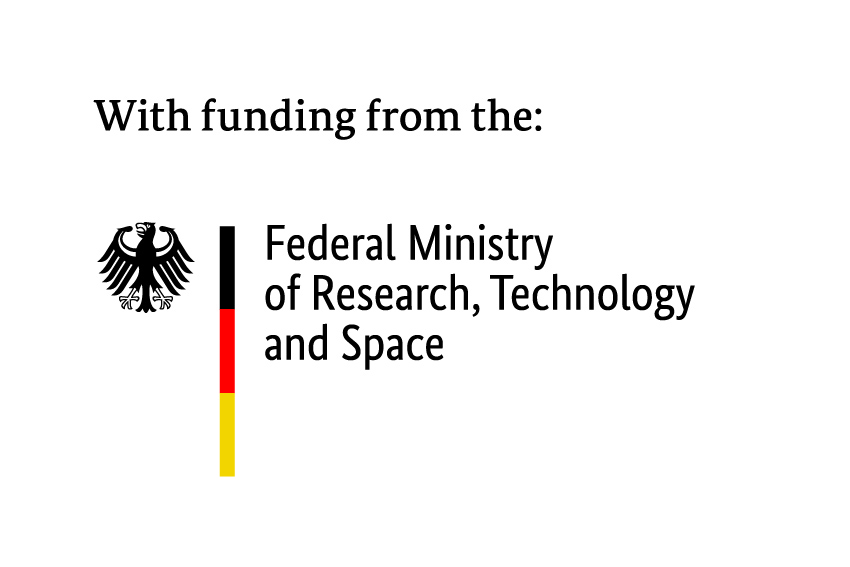c:o/re Senior Fellow 04/23 − 09/24

Michael Friedman is a Senior Lecturer at the Cohn Institute For History And Philosophy of Science And Ideas at Tel Aviv University. Before joining the Cohn Institute he held Post Doc and group leader positions at the Humboldt University in Berlin at the excellence cluster Matters of Activity and the excellence cluster Bild Wissen Gestaltung, at the Institute Fourier in Grenoble and at the Max Planck Institute for Mathematics in Bonn. He has been a visiting researcher at the Deutsches Literaturarchiv at Marbach and at the Deutsches Museum in Munich.
The focus of his research is on how material, visual and symbolical knowledge interact with each other; In this context, he not only looks into various material practices (e.g. weaving, folding, braiding) and how symbolical-mathematical knowledge was prompted by them, but also into the rise and development of materials sciences in the 20th and the 21st century.
Dreams and Nightmares of Autonomous Materials
The project “Dreams and Nightmares of Autonomous Materials” aims to research how advanced, bioinspired and biomimetic materials and the practices within the field of materials sciences, which were developed to invent and deal with them, are interwoven with and influence our historical and philosophical conceptions of matter and materials. I aim to examine how the notion of ‘life’ changes when one ascribes autonomy and agency to these new materials. In this sense the project investigates first of all how practices leading to the transformation of existing and the creation of new materials may prompt new horizons of knowledge and transformations in our basal concepts and conceptions. Second, the project aims to inquire into the various metaphors and discourses which – so is my claim, and following, for example, Hans Blumenberg – not only accompany the research of such materials, but also condition and enable it.
More explicitly, the orientation of materials sciences is described by the protagonists themselves as ‘bioinspired’ (or ‘biomimetic’), and encompasses two different approaches: in the first, one has direct recourse to biological materials (e.g. pine cones, or even fossils of them – i.e. dead material), but this in order to alter them for specific applications; the second, one attempts to draw inspiration from those materials, but leaving these ‘untouched’. These two approaches draw their justification from two different philosophical approaches concerning the relation to nature: as a library of resources, hence adopting and continuing the “book of nature” metaphor and therefore the reading metaphor, or as a source of inspiration – hence following the metaphor of seeing. While both historians and philosophers of science attempted to deal with these new conceptions of materials and of matter – e.g. Bernadette Bensaude-Vincent, Jane Bennett or Karen Barad – none dealt with the most recent developments in the domain of ‘life-like’ materials and its background, and more concretely, with the accompanying metaphors. Filling this gap, the project aims inspect such new interlacements of these historical and philosophical directions.
Publications (selection)
Friedman, Michael. 2023. On Joachim Jungius’ Texturæ Contemplatio. Texture, Weaving and Natural Philosophy in the 17th Century. Cham: Springer.
Friedman Michael & Seppi, Angelika. 2021. Grenzen der Formalisierung. Von Leibniz bis Lacan. ilinx.Kollaborationen, Leipzig: Spector Books.
Friedman, Michael & Krauthausen, Karin. 2021. Materials Matter: Introduction. In: Active Materials, edited by Peter Fratzl, Michael Friedman, Karin Krauthausen & Wolfgang Schäffner. Berlin, Boston: De Gruyter, p. 1-36.
Friedman, Michael. 2021. Paper, Plaster, Strings: Exploratory Material Mathematical Models between the 1860s and 1930s. Perspectives on Science 29(4): 436-467.
Friedman, Michael. 2019. Mathematical Formalization and Diagrammatic Reasoning: The Case Study of the Braid Group between 1925 and 1950. British Journal for the History of Mathematics 34: 34–59.



